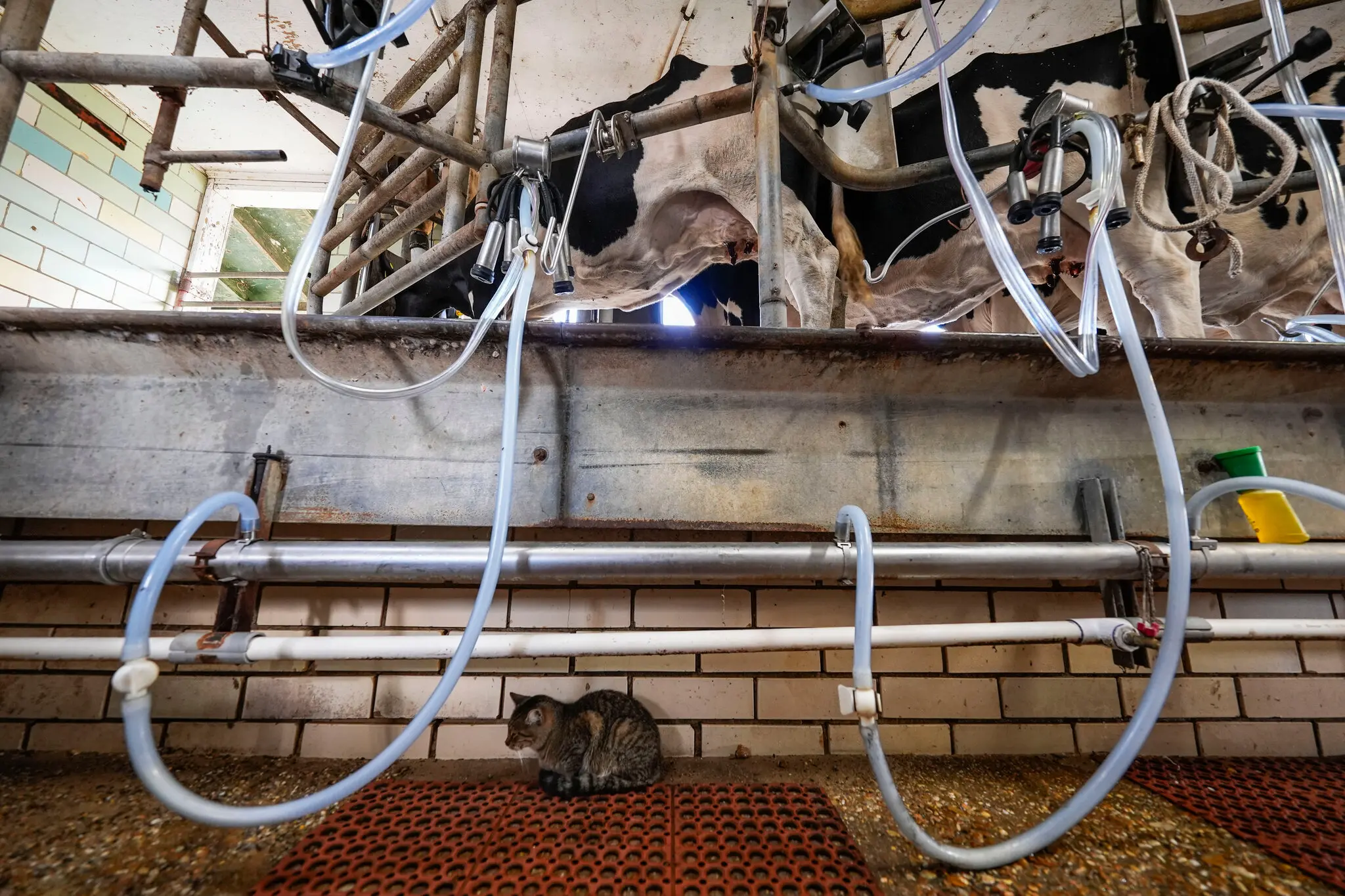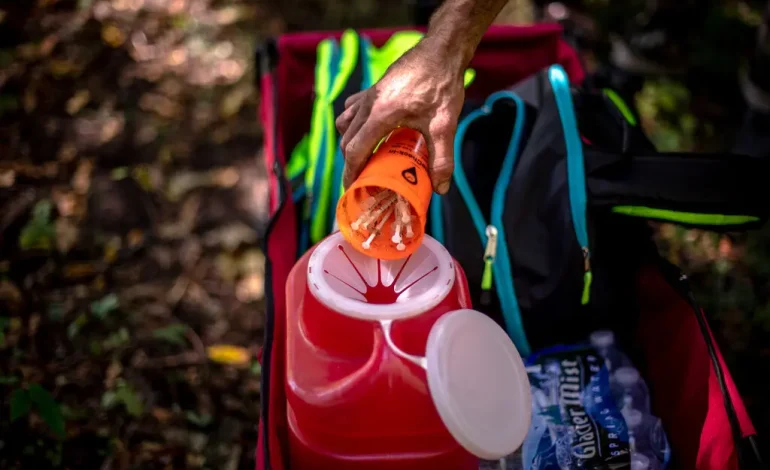For the first time in years, the United States is witnessing a sustained decline in drug overdose deaths, the New York Times.
According to federal data, fatalities have dropped for seven consecutive months, a significant change after years of escalating numbers. While expanded treatment, education, and prevention efforts have undoubtedly played a role, experts suggest that evolving trends in the street drug supply are also a critical factor.
Overdose deaths in the 12 months ending in June 2023 dropped to 97,000—a 14.5% decrease from the previous year—marking a rare dip below the grim 100,000 threshold. Nonfatal overdose rates have also declined in many states, signaling broader progress. However, disparities remain, with Black Americans experiencing rising overdose rates in contrast to declines among white Americans. Additionally, overdose fatalities are still increasing in some Western states, where fentanyl is a newer issue.
Anne Milgram, head of the Drug Enforcement Administration (DEA), attributes part of the decline to reduced fentanyl potency. Government crackdowns on Mexican cartels and international supply chains have made pure fentanyl scarcer and more expensive. In 2021, seven out of ten counterfeit pills tested by the DEA contained lethal levels of fentanyl; today, that number has fallen to five out of ten.
“Purity has a relationship to lethality,” said Dr. Rahul Gupta, director of the White House Office of National Drug Control Policy.
The illicit drug market is evolving, and these changes are influencing drug use patterns and overdose outcomes. For example:
- Diluted Fentanyl: Fentanyl is increasingly mixed with other substances, including xylazine, an animal tranquilizer. Though xylazine poses serious health risks, such as skin ulcers and necrosis, its sedative effects may reduce the frequency of fentanyl use, potentially lowering overdose rates.
- Rise of Psychostimulants: Methamphetamine and cocaine are more prevalent, both sold alone and mixed with fentanyl. Research suggests that stimulants, while still dangerous, may not be as acutely deadly as opioids like fentanyl, and their use might partially displace higher-risk opioid consumption.
- Drug Ingestion Methods: Fewer users are injecting fentanyl, favoring smoking or snorting it instead. While this shift may help reduce risks like needle-transmitted infections, it may not necessarily decrease overdose risk. Some studies have even linked the rise in smoking fentanyl to increased fatalities.
The decline in overdose deaths also reflects the success of various public health initiatives. Programs promoting harm reduction—such as syringe exchanges, fentanyl test strips, and public education campaigns—are helping users make safer choices. Additionally, broader distribution of medications like Narcan (naloxone) and expanded access to treatments that curb opioid cravings have saved lives.
“We are bending the curve through a comprehensive health response,” said Dr. Brian Hurley, president of the American Society of Addiction Medicine.
Despite these positive trends, overdose deaths remain alarmingly high, and progress is uneven. Access to opioid treatment varies widely by region, and systemic barriers persist. Furthermore, communities already disproportionately affected by the opioid crisis, including Black Americans and residents of certain Western states, are not yet experiencing the same level of improvement.
Dr. Allison Arwady, director of the CDC’s National Center for Injury Prevention and Control, cautions against complacency.
“While the progress is significant, many families are still deeply affected every day. We must maintain focus on addressing this crisis,” she said.








